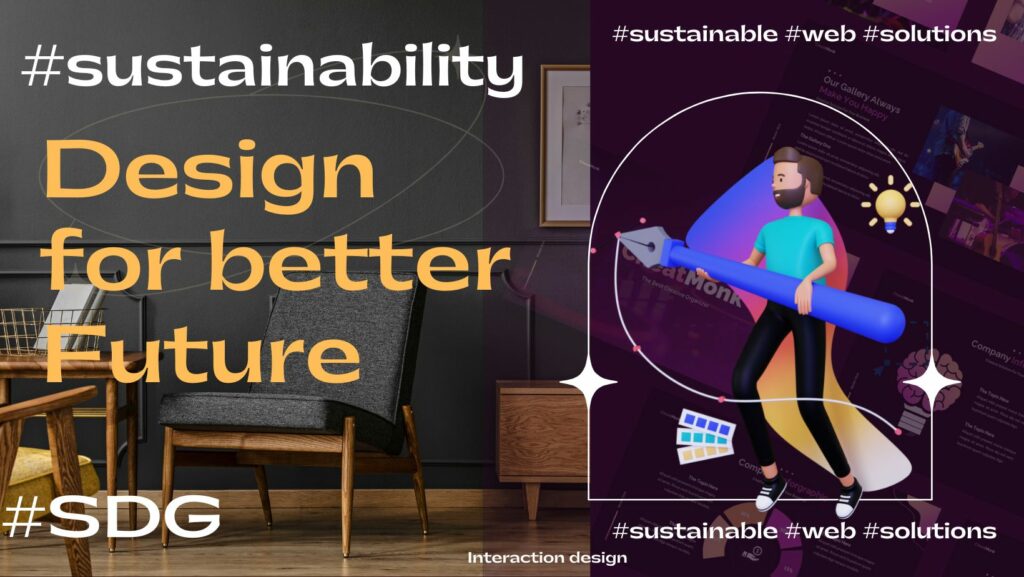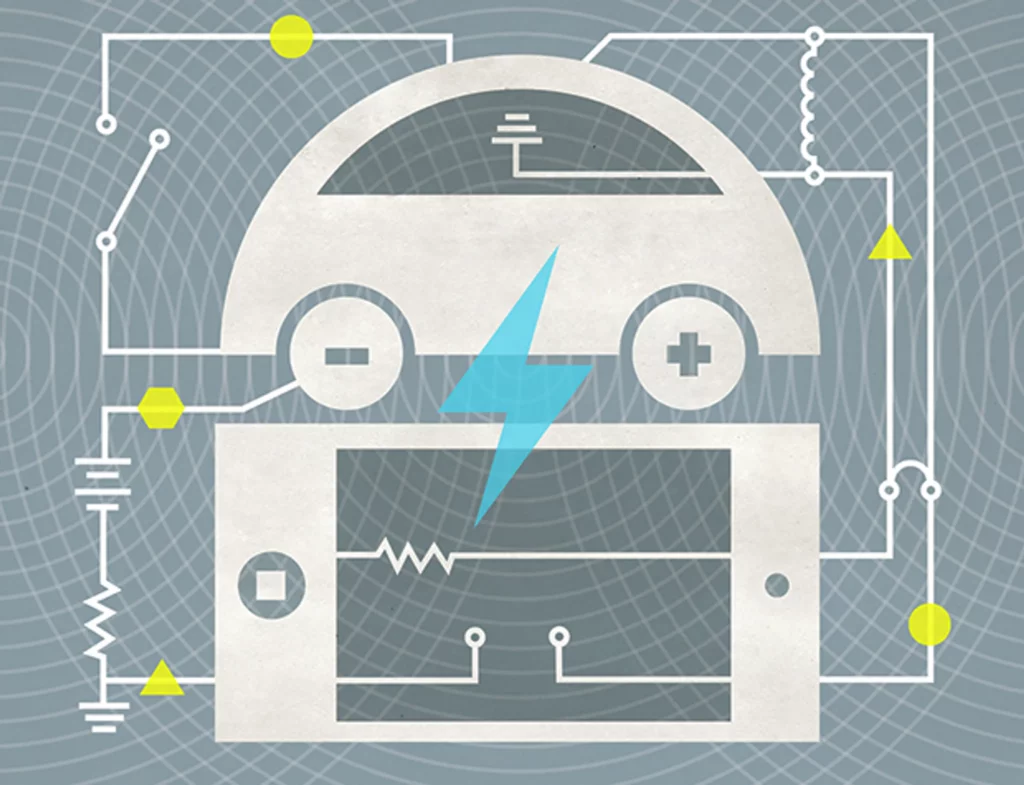AI can mean a lot of things – chatbots, text generators, self-driving cars – but in recent years, the capabilities of AI technologies in the fields of art and design have come increasingly into the limelight. Whether it’s turning open-source data into public art pieces, as in the case of Turkish media artist Refik Anadol, generating scarily realistic high-fashion images for Instagram, creating NFTs with just a few clicks, or recreating an existing artist’s style and calling into question the as-yet nonexistent ethical boundaries of AI visualization. A lot of AI imagery ends up on Twitter for its wacky output, but these algorithms are only getting smarter and more prominent, and the future for them is at once boundless and unknown.
Alongside the rise of AI visualization has been the fear and ridicule coming from the arts and design communities, fearing AI will lead to loss of work for “real” artists, and the devaluation of art in general. But is this fear warranted? Although AI is undeniably powerful, it is still beholden to a real, live person telling it what to do, and injecting the heart and emotion that (as of yet) is only possible by a human hand.
What are the future possibilities for human-AI collaboration in art and design? Is there any merit to the outright rejection of such technologies? As someone with a background in interior architecture, I feel very much out of my depth when it comes to discussions around AI. The topic still conjures images of The Matrix, and I couldn’t really tell you when and where AI is currently being used, and how it affects our everyday lives. As an Interaction Design student, I am fascinated by the intersection between art, design, and technology, and I chose this topic to teach myself (and anyone else who is too scared to ask), “What is AI doing out there, anyways”?.
Some interesting sources:
Baio, A. (2022, September 9). Online Art Communities Begin Banning AI-Generated Images. Waxy. https://waxy.org/2022/09/online-art-communities-begin-banning-ai-generated-images/
Herrman, J. (2022, September 19). AI Art is Here and the World is Already Different. Intelligencer. https://nymag.com/intelligencer/2022/09/ai-art-is-here-and-the-world-is-already-different.html#_ga=2.135489719.742585595.1667671967-2021799881.1667671967
NYT Cooking. (2022, November 4). Can A.I. Generate the Perfect Thanksgiving? | Priya Krishna | NYT Cooking [Video]. Youtube. https://youtu.be/yT8KoWpqUgg
Paetzhold, M. (2022, September 4). Online Art Communities Begin Banning AI-Generated Images. Intelligencer. https://nymag.com/intelligencer/article/will-dall-e-ai-artist-take-my-job.html#_ga=2.135489719.742585595.1667671967-2021799881.1667671967
TED. (2020, August 19). Art in the age of machine intelligence | Refik Anadol [Video]. Youtube. https://www.youtube.com/watch?v=UxQDG6WQT5s
TED. (2020, April 6). Art that reveals how technology frames reality | Jiabao Li [Video]. Youtube. https://www.youtube.com/watch?v=tT8icNhydtg
TED. (2022, January 12. Jeff Dean: AI isn’t as smart as you think — but it could be | TED [Video]. Youtube. https://www.youtube.com/watch?v=J-FzHIQ7SOs
TED. (2019, November 14). The danger of AI is weirder than you think | Janelle Shane [Video]. Youtube. https://www.youtube.com/watch?v=OhCzX0iLnOc






